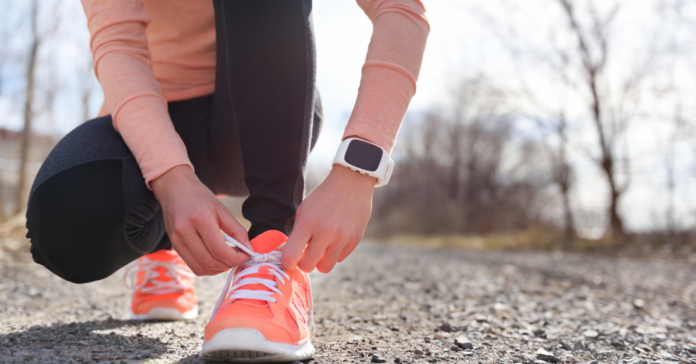You could feel a little overwhelmed when searching for the ideal shoe in a shoe store or online, especially if you’re new to running or walking for fitness. The first thing to understand is the differences between walking and running shoes. Despite their similar looks, running shoes and walking sneakers are not made for the same purposes. The two main distinctions are cushioning and fit. Although you may believe that having extra cushion underfoot would help with running, it is a higher-impact activity and that doing so could potentially disrupt your stride. This is because every time you walk, your foot pushes through the foam in an attempt to find hold on the ground.
Walking shoes
You can add extra padding for comfort when walking because each footfall requires less force. Comfort and cushioning are also essential because walking shoes are designed to be worn all day.
For your runs, remember to change into running shoes. Walking in running shoes is acceptable, but running in walking shoes is not recommended!
Running shoes
You’ll need something supportive, not fluffy, for jogging. (Just so you know, this doesn’t mean you have to go barefoot—it just means the foam won’t be as soft.) This same holds true to the upper; instead of Lycra or spandex, it should be made of polyester or recycled polyester that won’t stretch while you run.
- Check your arches – Are they coming close to or touching the ground? If so, you need more support.
- Check the thread – The tread has two parts: the outsole, which is the rubber surface you’re actually running on, and a foam midsole that provides some of the cushion. Rubber coverage is key for traction and longevity. Since walking causes less abrasion than running, walking shoes feature less rubber and often lower treads.
- Know when to replace them – Shoes do, regrettably, have a shelf life. The majority of walking and running shoes have a lifespan of 300–600 miles, but there’s no universal standard for how long they should last between replacements. Tiredness and slightly tougher easy runs are indicators that the midsole is compressing or that the bottom is wearing away.
- Buy them at the physical stores – Bring the socks you plan to wear for the activity, lace your shoes the same way you do at home, and use them for jogging or walking on the spot. Shoes now don’t require a lengthy break-in period, so trust your intuition. If it’s not comfortable at first, in a few kilometres, it probably won’t be.
In conclusion,
Prioritize cushioning and comfort while choosing walking shoes to provide a comfortable fit throughout the day. Stability and a fit that keeps your foot feeling safe even as you increase the effort are key considerations for running. Style and color aren’t crucial considerations when buying sneakers, whether you’re purchasing for running or walking shoes. Choose a shoe that is appropriate for your activity by keeping fit, comfort, and durability in mind.


